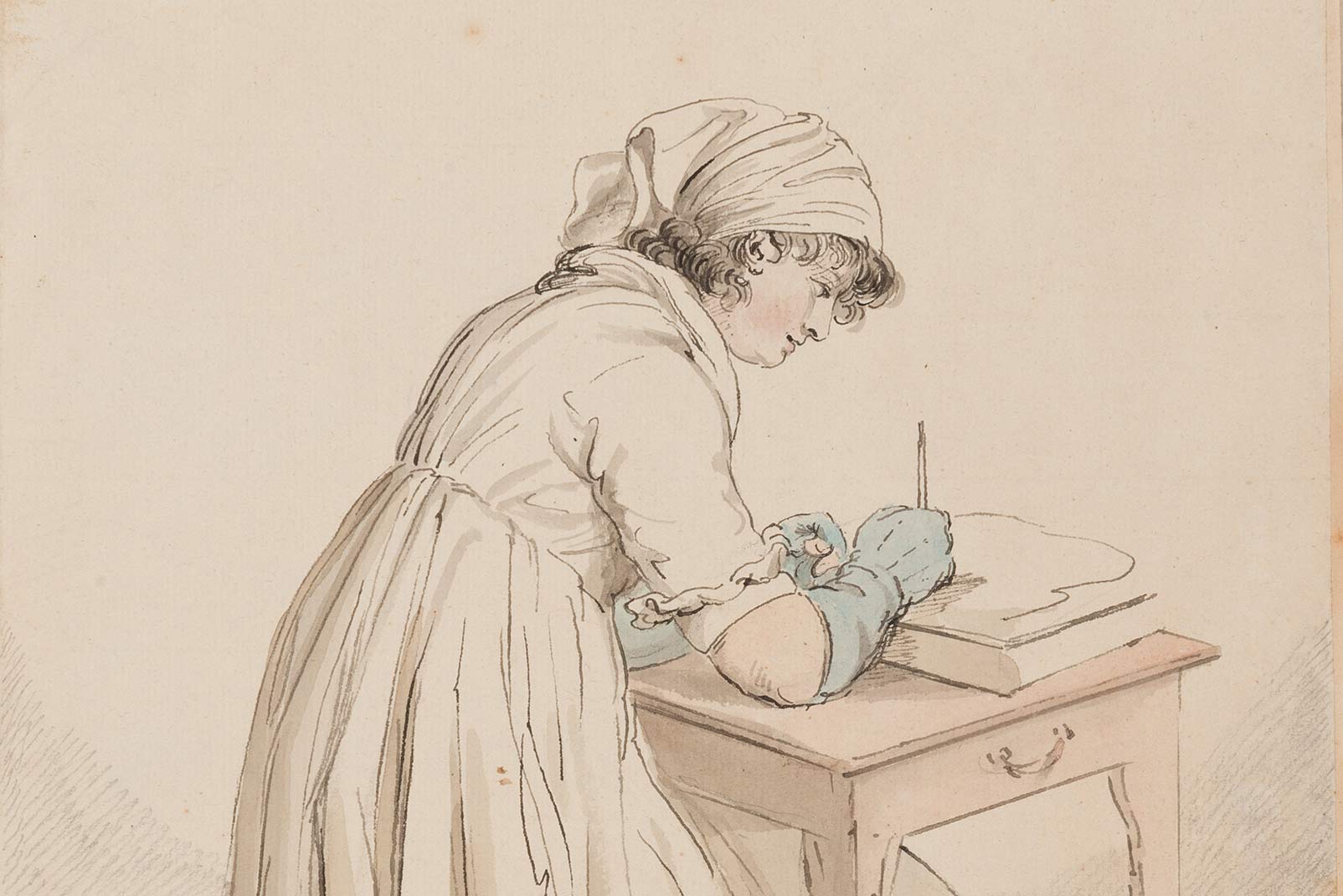“It is a truth universally acknowledged…” that we love to read Jane Austen. Perhaps we can Persuade you to join us for a visit at the Art Museums of Colonial Williamsburg, for any “person…who has not the pleasure in a good” museum visit, “must be intolerably stupid.” What better way to “indulge your imagination at every possible flight?” as “life seems but a quick succession of busy nothings…”
We would like to celebrate the new Persuasion film on Netflix, by showcasing our own virtual tour exploring 6 objects from the Colonial Williamsburg collections and 6 corresponding quotes from Persuasion. “Never underestimate the power of…” a well -planned visit to a museum and enjoy the following quotes from PERSUASION.
To learn more about the museum objects, click the links below or search https://emuseum.history.org/
PERSUASION/CHAPTER 5
In Chapter 5, before Anne Elliot takes her leave for Bath, she pays a visit to sister Mary and the Musgroves.
“To the Great House accordingly they went, to sit the full half hour in the old-fashioned square parlour, with a small carpet and shining floor, to which the present daughters of the house were gradually giving the proper air of confusion by a grand piano-forte and a harp, flower-stands and little tables placed in every direction. Oh! could the originals of the portraits against the wainscot, could the gentlemen in brown velvet and the ladies in blue satin have seen what was going on, have been conscious of such an overthrow of all order and neatness! The portraits themselves seemed to be staring in astonishment.”
Music was an important part of education and home entertainment. Young women learned to play keyboard instruments like a piano-forte and stringed instruments like the harp, in order to play for friends and family. Their skills also demonstrated their genteel accomplishments to prospective suitors.
Imagine this harp in a fashionable parlor being played by the Miss Musgroves. When you visit the museum, you can see this instrument on view in the exhibition Making Music in Early America.
This portrait of Ann Taylor Roberts, a resident of Norfolk, Virginia, in the early 19th century, conjures images of “Henrietta and Louisa, young ladies of nineteen and twenty, who had brought…from school all the usual stock of accomplishments, and were now, like thousands of other young ladies, living to be fashionable, happy and married.” This painting is on view in Making Music in Early America.
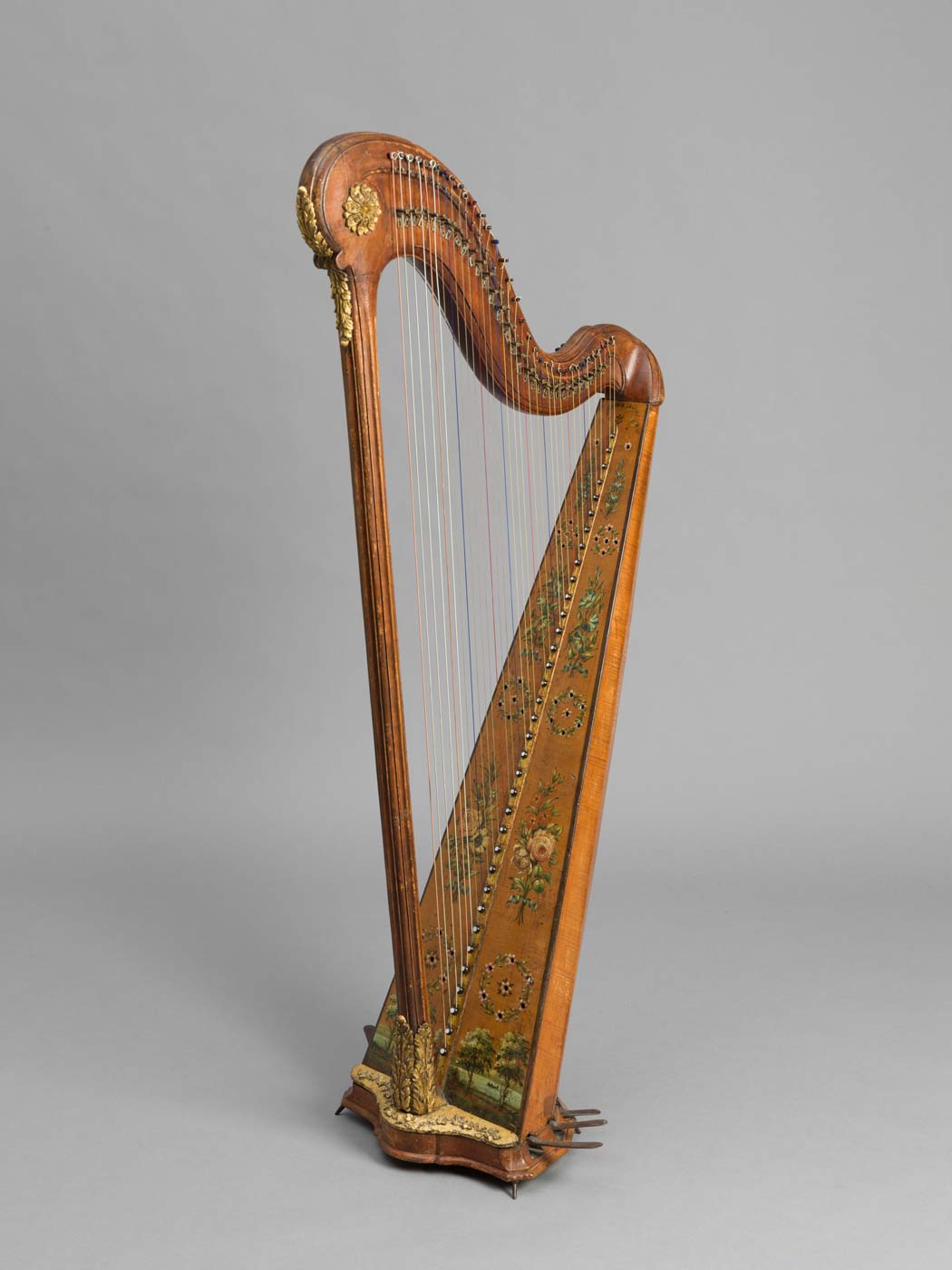
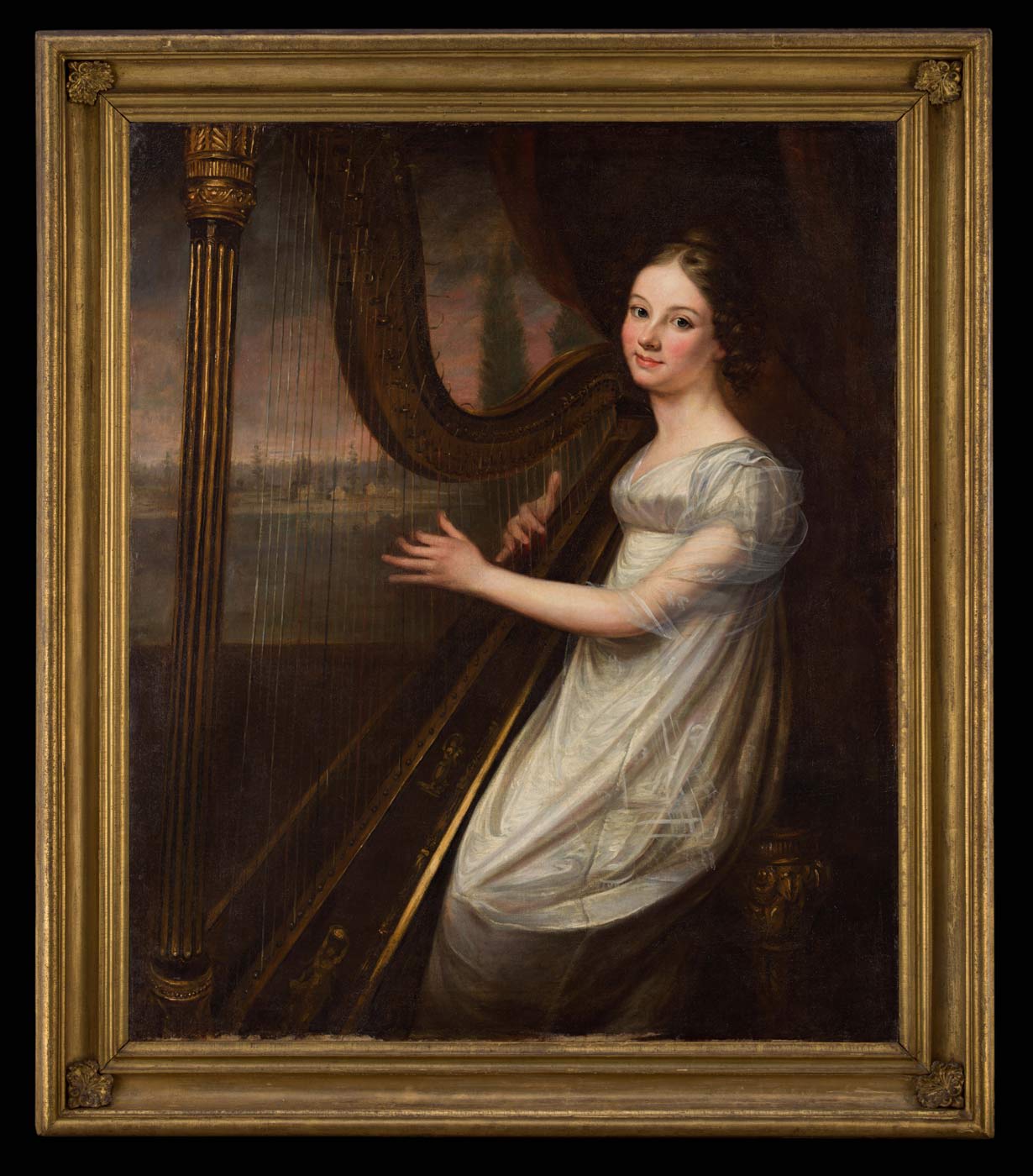
PERSUASION/CHAPTER 13
In Chapter 13, the Admiral explains his changes to the Elliot estate.
“I have done very little besides sending away some of the large looking-glasses from my dressing-room, which was your father's. A very good man, and very much the gentleman I am sure; but I should think, Miss Elliot' (looking with serious reflection), 'I should think he must be rather a dressy man for his time of life. Such a number of looking-glasses! oh Lord! there was no getting away from oneself. So I got Sophy to lend me a hand, and we soon shifted their quarters…”
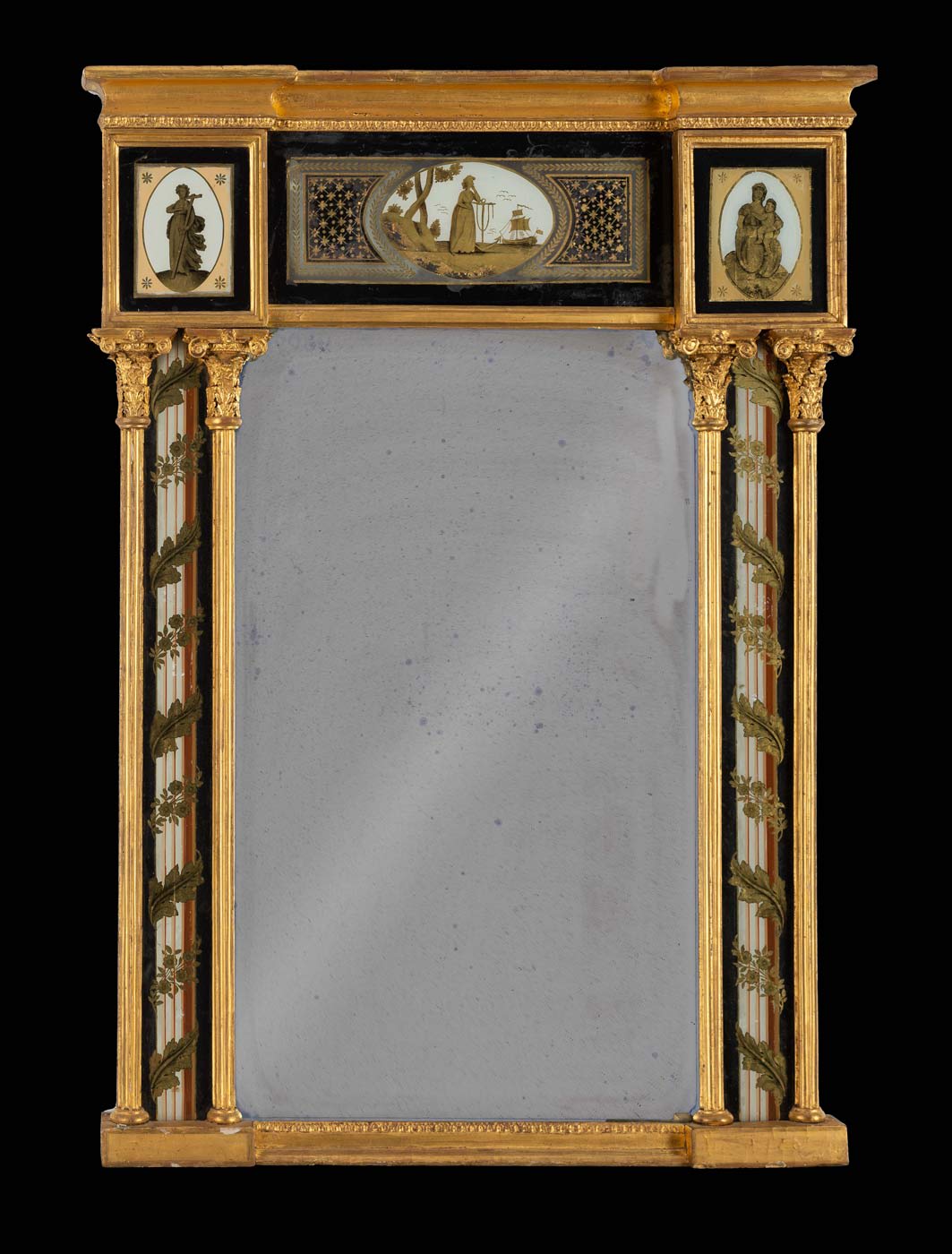
A neoclassical looking glass like this one would fit perfectly at Kellynch-Hall, though perhaps not to the liking of the tenant, Admiral Croft.
On your next visit to the museum, you can see this looking glass on view in the exhibition British Masterworks. If you have the temperament of Mr. Elliott, you might want to visit the adjoining exhibition to see 4 more period looking glasses.
PERSUASION/CHAPTER 21
In Chapter 21, when Anne visits Mrs. Smith, she learns that her friend has not enjoyed the comforts in life she had imagined.
”… I am sure you will have the still greater goodness of going yourself into my bedroom, and bringing me the small inlaid box which you will find on the upper shelf of the closet.
Anne, seeing her friend to be earnestly bent on it, did as she was desired. The box was brought and placed before her, and Mrs. Smith, sighing over it as she unlocked it, said--
”This is full of papers belonging to him, to my husband… The letter I am looking for was one written by Mr. Elliot to him before our marriage, and happened to be saved… I would not burn it, because being even then very little satisfied with Mr. Elliot, I was determined to preserve every document of former intimacy. I have now another motive for being glad that I can produce it.”
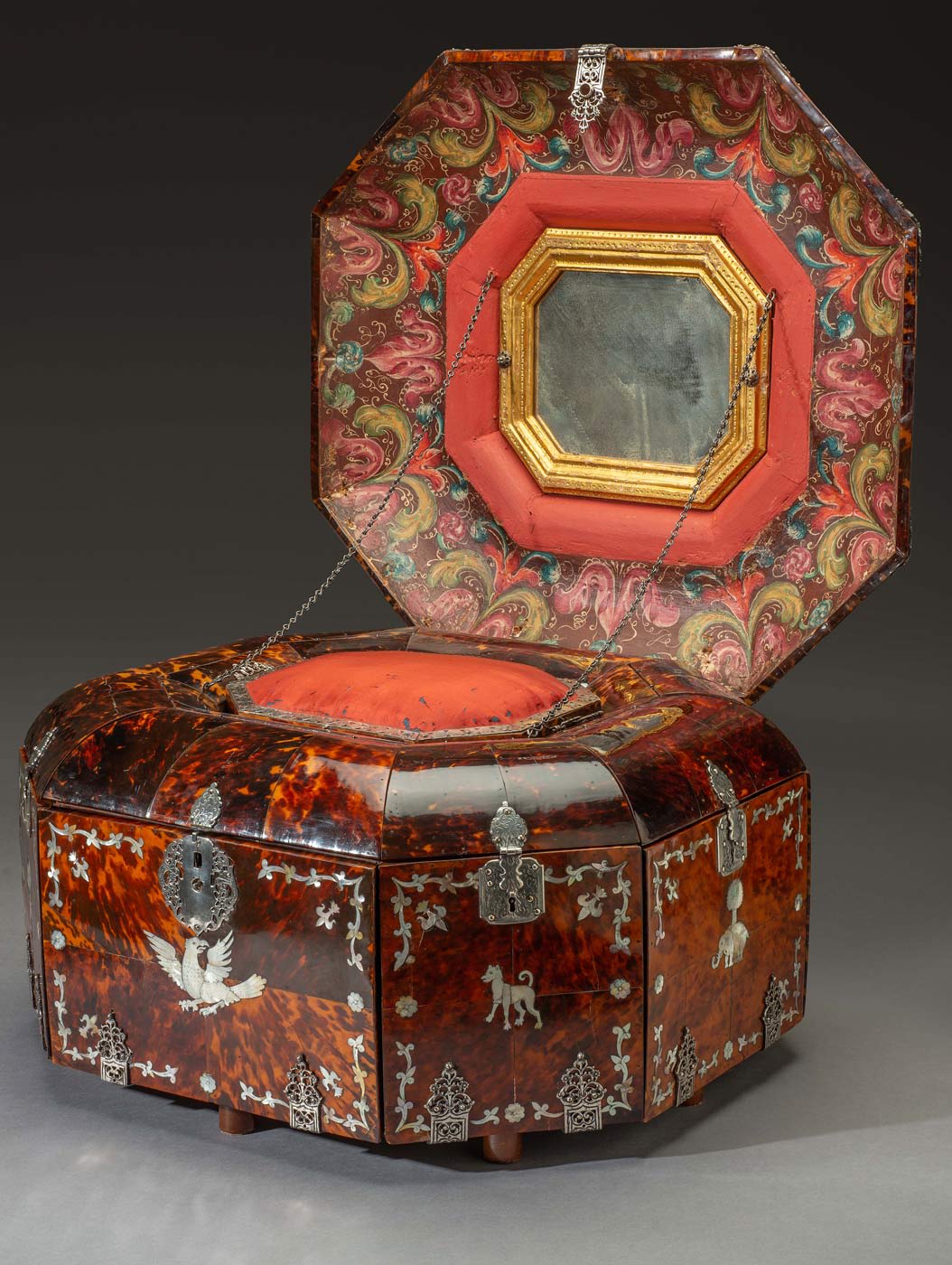
This elaborately decorated box is inlaid with mother-of-pearl and covered in a veneer of tortoiseshell It is a bit too big to move around as easily as Mrs. Smith’s box. It is over 23 inches in diameter and 14 inches tall. When opened, it reveals 25 drawers, 10 lidded compartments, 6 boxes which slide out and one secret drawer. Plenty of places to keep jewelry and private letters.
This box is currently on view for a limited time in the exhibition British Masterworks.
PERSUASION/CHAPTER 22
Captain Wentworth left his seat and walked to the fire-place; probably for the sake of walking away from it soon afterwards, and taking a station, with less bare-faced design, by Anne.
”You have not been long enough in Bath,” said he, “to enjoy the evening parties of the place.”
”Oh! no. The usual character of them has nothing for me. I am no card-player.”
”You were not formerly, I know. You did not use to like cards; but time makes many changes.”
”I am not yet so much changed,” cried Anne, and stopped, fearing she hardly knew what misconstruction.
Card playing figures prominently in Jane Austen’s books, just as it did in 18th-and early 19th-century society.
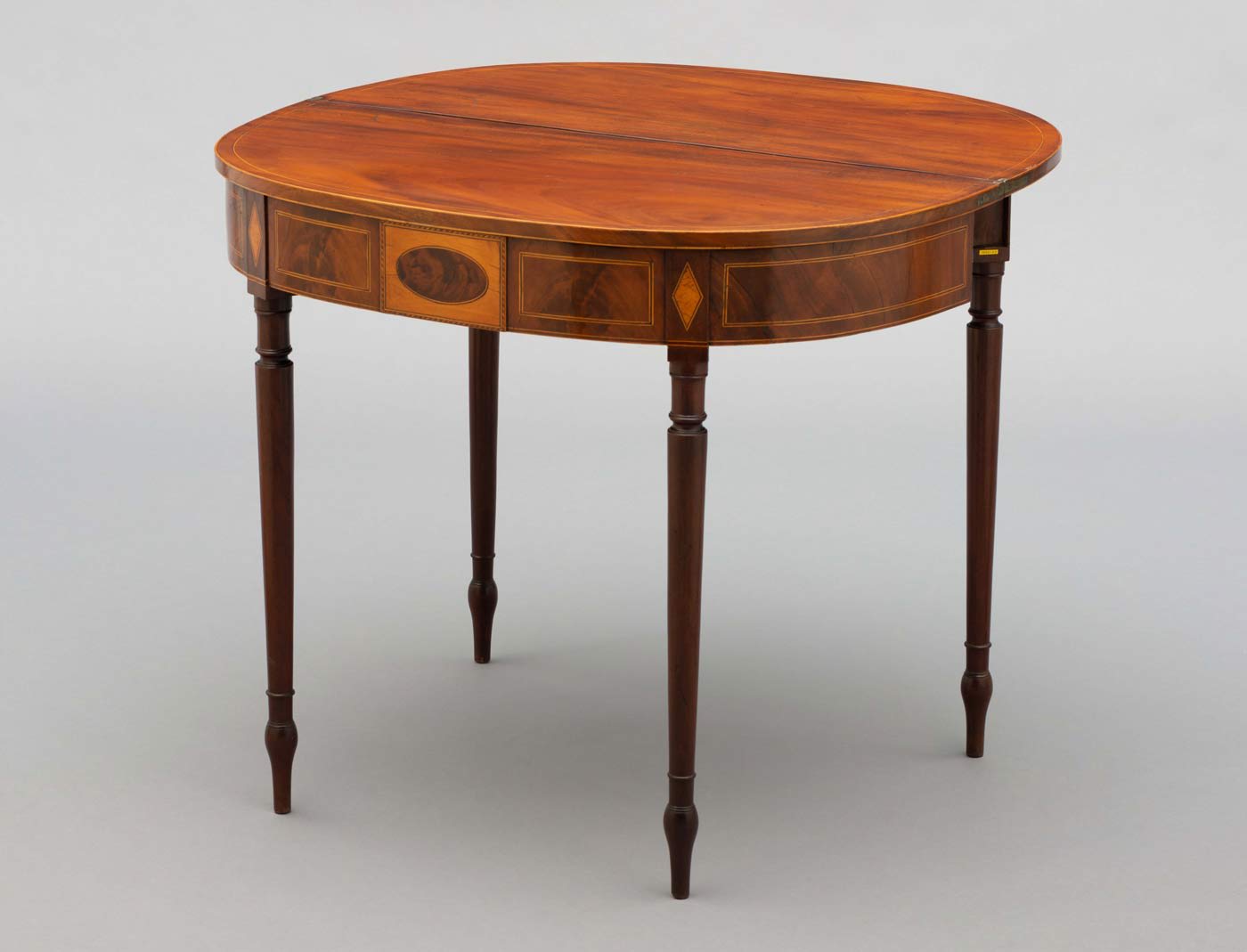
This lovely card table made in Charleston, South Carolina, would have fit comfortably in the Elliott household. Charleston had an affinity for British cabinetmaking traditions. Tabletops of this form were a standard option in most British cabinet shops. The D-shaped card tables are extremely rare elsewhere in America.
When you visit the Art Museums, you can find this table on view in the exhibition A Rich and Varied Culture: The Material World of the Early South. Make sure to look around the exhibition to see other tables made for gaming.
PERSUASION/CHAPTER 23
Persuasion tells the story of a second chance at love between Captain Wentworth and Anne Elliott. The letter Captain Wentworth writes to his beloved Anne:
“I can listen no longer in silence. I must speak to you by such means as are within my reach. You pierce my soul. I am half agony, half hope. Tell me not that I am too late, that such precious feelings are gone for ever. I offer myself to you again with a heart even more your own than when you almost broke it, eight years and a half ago. Dare not say that man forgets sooner than woman, that his love has an earlier death. I have loved none but you. Unjust I may have been, weak and resentful I have been, but never inconstant. You alone have brought me to Bath. For you alone, I think and plan. Have you not seen this? Can you fail to have understood my wishes? I had not waited even these ten days, could I have read your feelings, as I think you must have penetrated mine. I can hardly write. I am every instant hearing something which overpowers me. You sink your voice, but I can distinguish the tones of that voice when they would be lost on others. Too good, too excellent creature! You do us justice, indeed. You do believe that there is true attachment and constancy among men. Believe it to be most fervent, most undeviating, in F. W.
I must go, uncertain of my fate; but I shall return hither, or follow your party, as soon as possible. A word, a look, will be enough to decide whether I enter your father's house this evening or never.”
After he wrote the letter, he had to seal it!
”…Captain Wentworth, having sealed his letter with great rapidity, was indeed ready, and had even a hurried, agitated air, which shewed impatience to be gone. Anne knew not how to understand it.”
You are Persuaded, to find one last object, a seal.
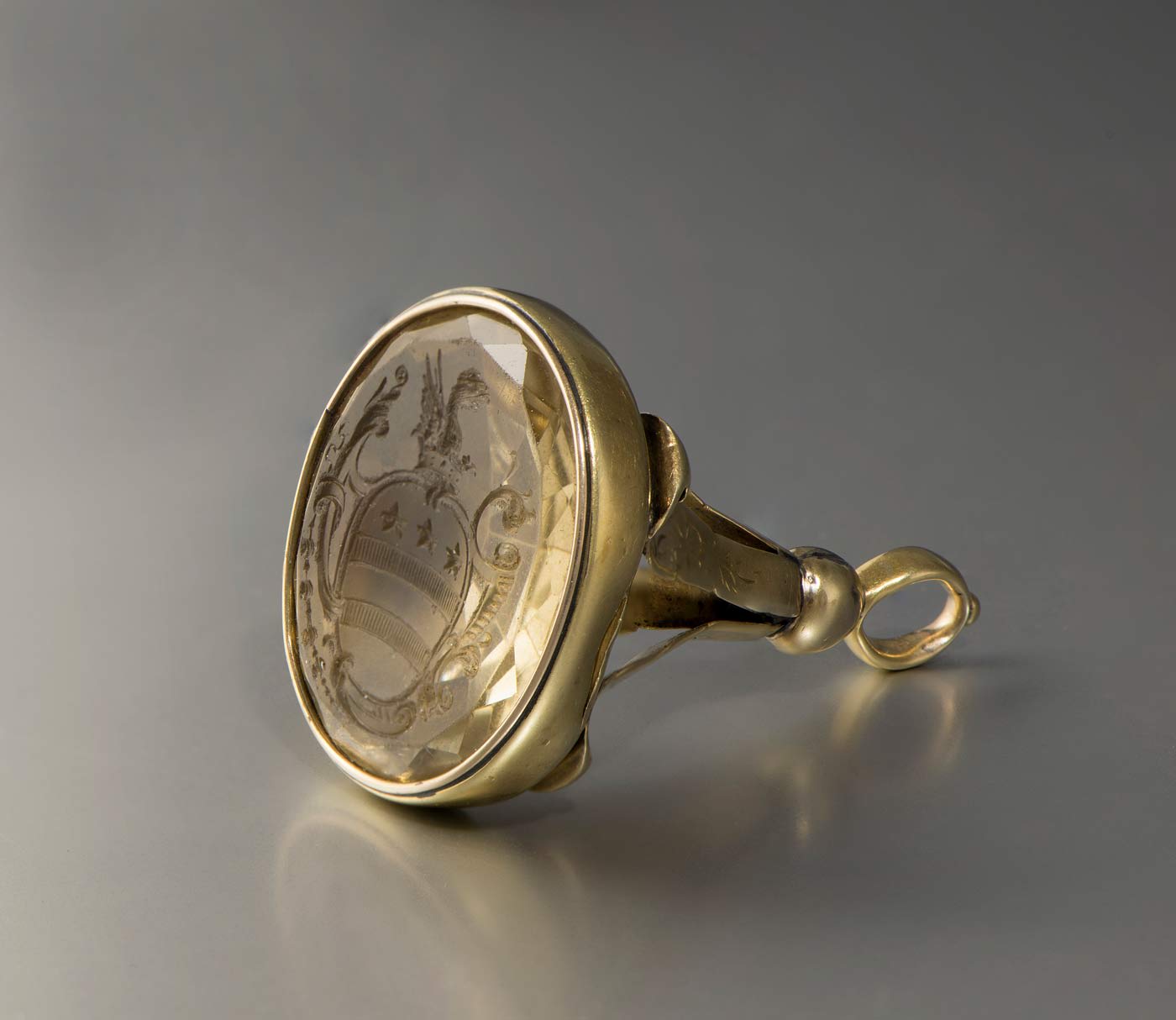
On July 18, 1771, George Washington wrote from Williamsburg to London ordering: “a topaz or some other handsome stone fixed in the gold socket sent, with the Washington arms neatly engraved thereon.” The seal is one of the most personal items associated with our first president.
On your next visit to the Art Museums, you can see this piece in the exhibition Furnishing Early Williamsburg.
Thank you for venturing into the world of Jane Austen through this Persuasive tour. If you are interested in seeing these objects in person, you will find that the Art Museums has these objects, and more, that will take you into the material world before, during, and after Jane Austen's period.
Colonial Williamsburg is the largest living history museum in the world. Witness history brought to life on the charming streets of the colonial capital and explore our newly expanded and updated Art Museums of Colonial Williamsburg, featuring the nation’s premier folk art collection, plus the best in British and American fine and decorative arts from 1670–1840. Check out sales and special offers and our Official Colonial Williamsburg Hotels to plan your visit.
